Integrating AI into UX: A New Frontier for Designers and Developers
 Abishek Chuhan
Abishek Chuhan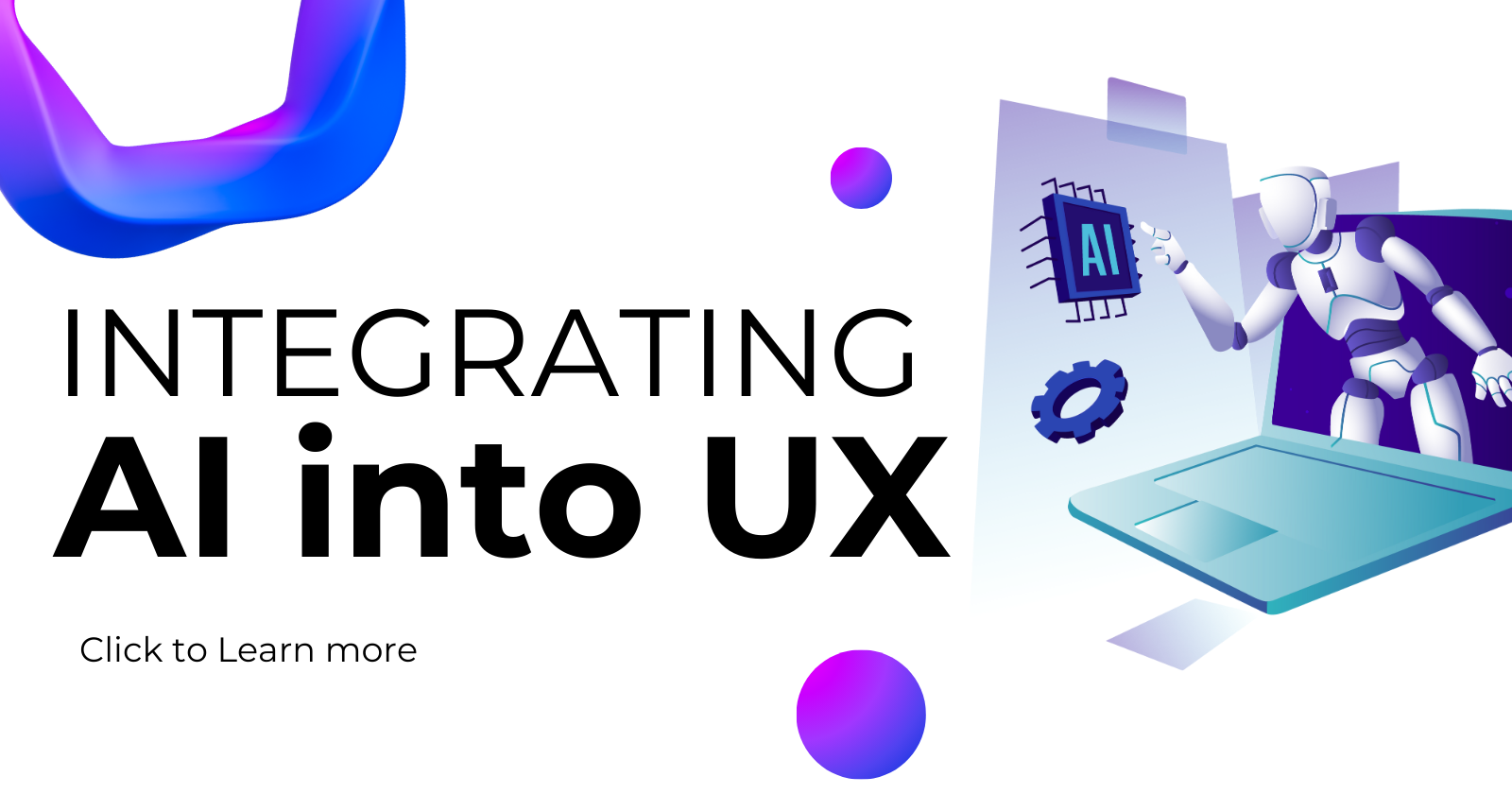
Introduction
Artificial intelligence is transforming industries around the world. UX design hasn't been left behind either. This means, that with AI, huge amounts of data can be analyzed, such as what a user will do next, and automatically doing repetitive tasks that redesign how designers work and develop digital products. On a more critical thought, balance has to be sought in integrating AI with UX Design between innovation and user-centered design principles. This blog covers the role of AI in UX, mentioning tools like ChatGPT, Uizard, Attention Insights and other AI-driven systems that are developing the field while keeping the user at the heart.
The Potential of AI in UX Design
AI provides great opportunities for personalizing user experiences more effectively and interactively. In Japan, where great attention to minute detail and precision is highly valued, AI-driven tools have become a significant player in optimizing digital products and services. One such example is Rakuten, a Japanese leading e-commerce platform that uses AI to continuously analyze user preferences and behavior for highly personalized shopping experiences of customers, therefore fostering greater satisfaction and loyalty among the customer base. AI also is one of the serious drivers of automation of mundane activities that require lots of time and resources. For instance, AI was helping several Japanese fintech companies to make designing mobile apps easier and more intuitive. Using powerful analytics tools powered by AI, several versions of the design are automatically tested, the best-performing variances identified, and it helps hone the user journey well before the final product launch.
AI Tools Smoothening the Design Process
Other than ChatGPT, a number of AI tools are being used to help UX designers and developers in their work. This includes the following:
Figma with AI Plugins: Figma is a popular design tool that has recently introduced AI plugins, which are designed to support designers in organizing the design elements by suggesting the best layouts and automating all the repetitive tasks. This helps UX designers be more creative because all the tedious work is taken over by the machines.
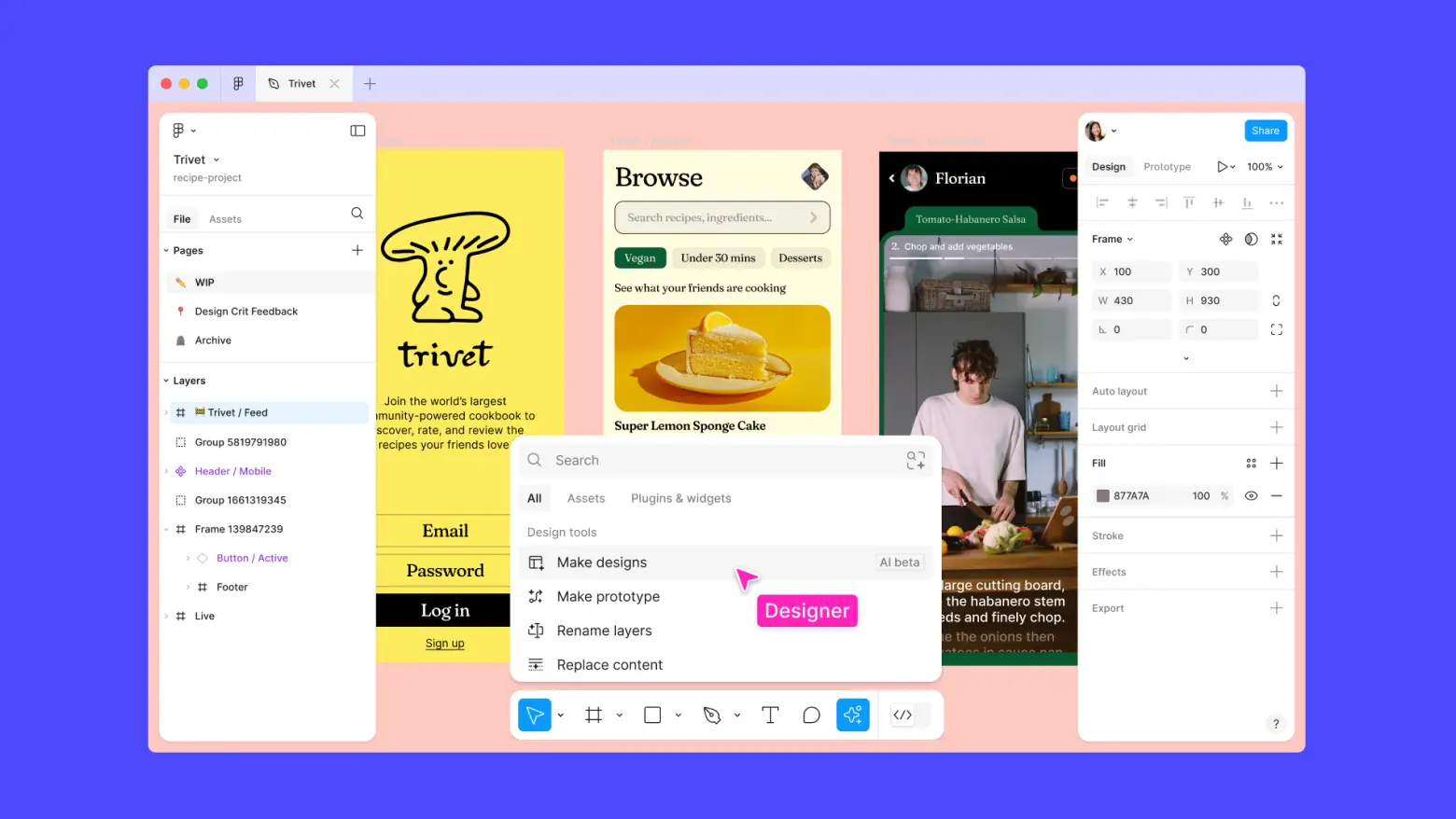
Adobe Sensei: This creative suite, through AI from Adobe, automates mundane tasks such as image cropping, font recognition, and color palette suggestions. With the help of Adobe Sensei, designers working on Japanese e-commerce sites or mobile apps can have consistent designs created much faster that appeal to local tastes.

Uizard: The tool is designed to transform a sketched design into a digital prototype in no time. It uses AI to digitize the hand-drawings into wireframes, thus fully automating the ideation phase when one deals with UX design. Pretty useful for designers who want to bring their ideas to life without creating it from scratch.
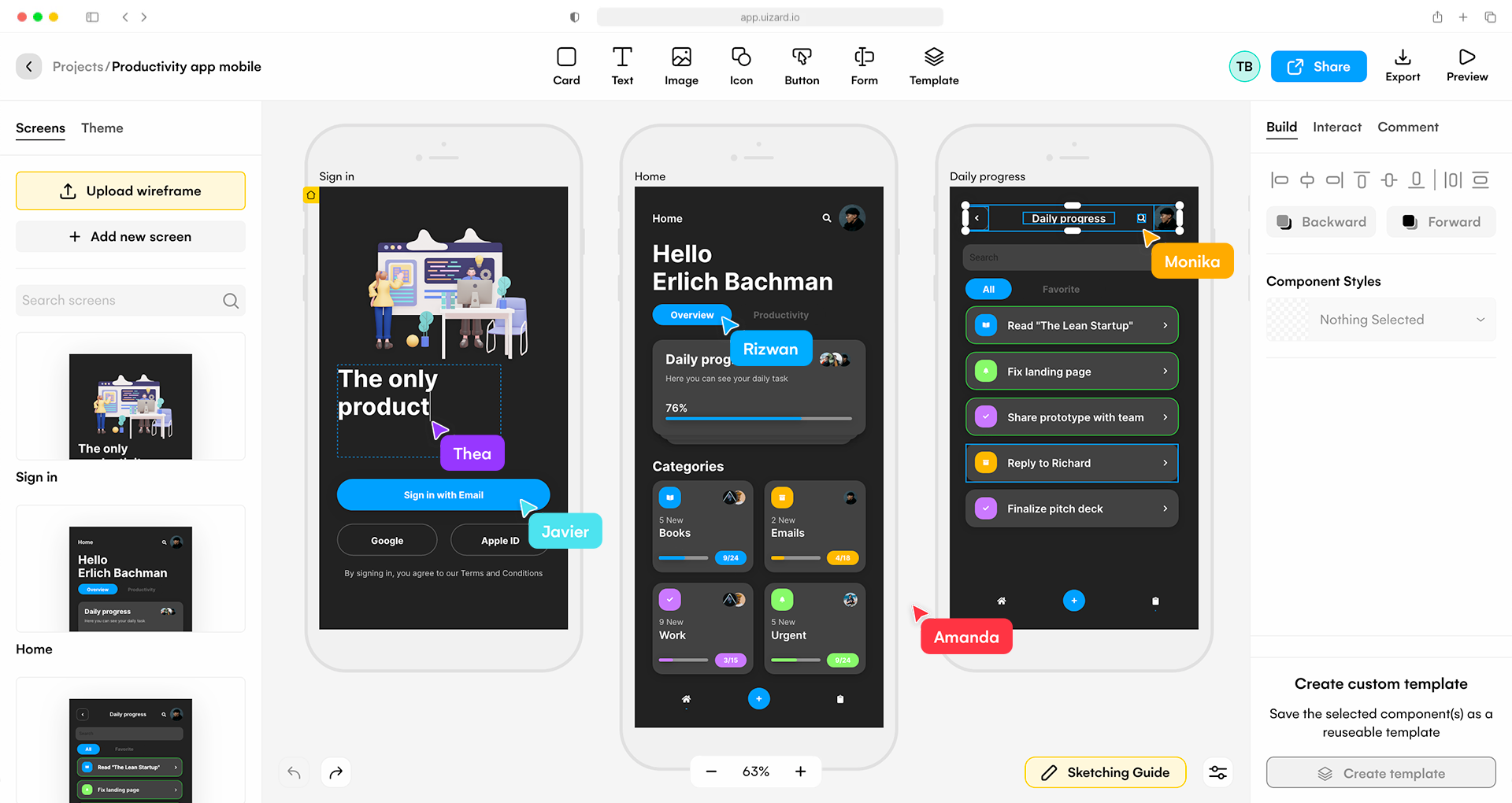
Attention Insight: An AI-powered tool for forecasting how users would interact with a design before it goes live; it uses depictions of heatmaps through artificial intelligence algorithms to point out which areas on a page draw the most attention. It can also be quite useful for Japanese designers who try to enhance user engagement in busy e-commerce platforms or news sites that have dense packing.
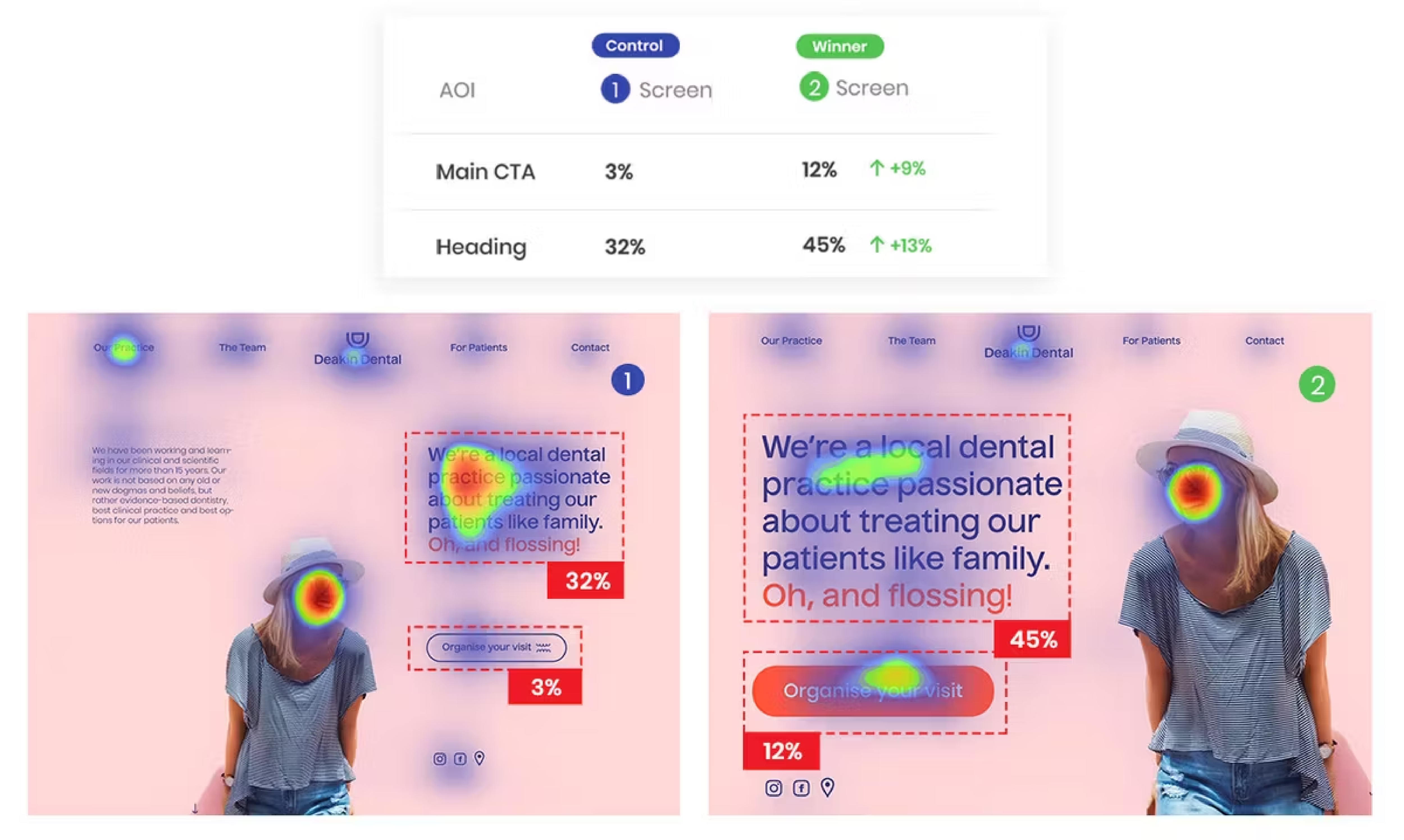
UserTesting: It leverages AI to analyze feedback and user behavior in usability tests. It's able to highlight patterns, identify points of recurring pain, and provide insights for designers that can help them do their job more effectively. For example, subtle user preferences in Japan's hyper-competitive mobile gaming market can make all the difference in user retention.
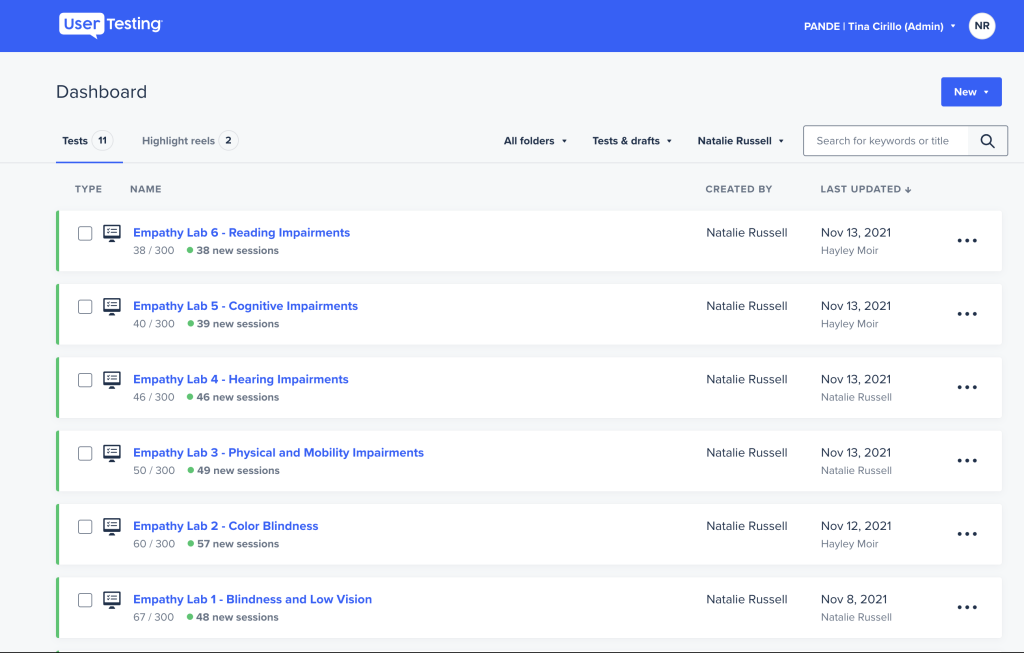
Jasper AI: A tool like Jasper AI helps in generating creative content on everything from marketing copy to UX writing to product descriptions that is going to resonate more with users. It will help designers create content that actually matches their user personas and brand tone, enhancing overall user engagement.
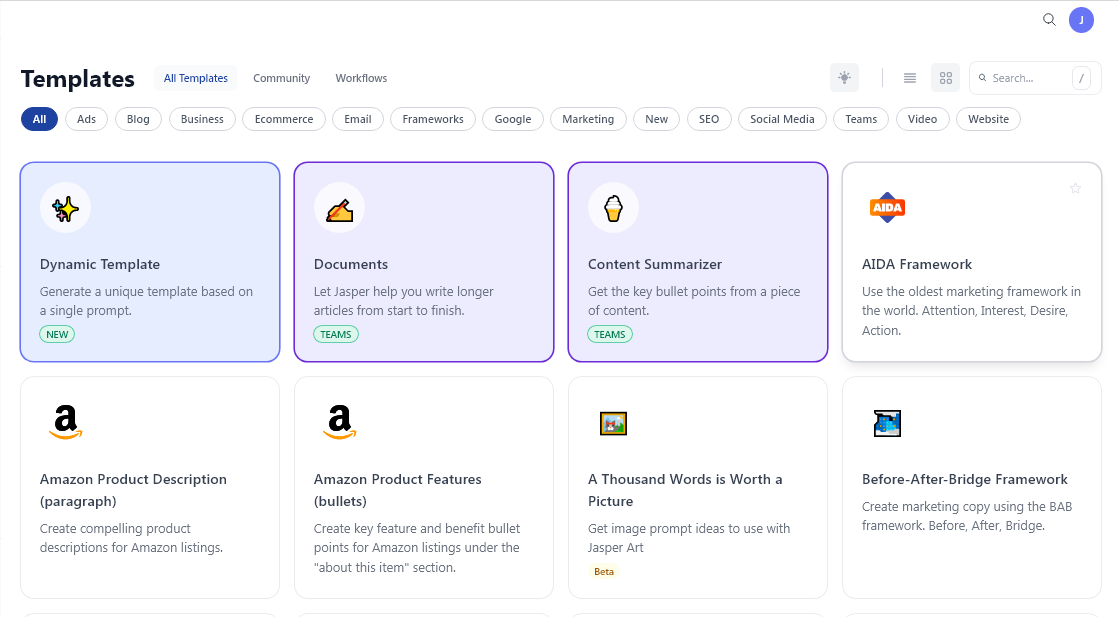
Maintaining a Human-Centered Approach
While these tools strongly enhance the design process, keeping the design process human-centered will be imperative in UX design. AI should enhance but not replace human elements like empathy, creativity, and intuition. This becomes even more relevant in Japan because understanding cultural nuances and user expectations is one of the key ingredients to success.
For example, LINE uses AI in its messaging app-native to Japan to suggest stickers and emojis based on the users' conversations. However, LINE is also careful to ensure that such suggestions do not stray from cultural contexts and mirror user emotions, to retain a personal, original feel to which Japanese people have grown accustomed.
Besides, designers have to make sure that the control remains with the users.
For example, even though AI-driven chatbots can answer a lot of various questions, it is often desirable to make the option of switching to a human agent available. This keeps the user experience positive, preventing frustration when the AI may not understand or be nuanced enough to understand complex queries.
Ethical Considerations in AI-Driven Design
Ethics are going to come to the fore as AI integrates even more with UX. People in Japan want trust, integrity, and privacy, so a system driven by AI needs to work in an open, non-discriminatory way that fosters inclusivity.
If religiously not monitored and updated, AI tools do have the capacity to introduce bias of their own.
For example, AI recruitment tools adopted by companies in Japan must be done without biases that might reduce the chances of some candidates. Fairness and diversity would necessitate frequent auditing and updates, therefore.
Transparency will also be of great help in gaining confidence among users. When decisions have been made with the intervention of AI, whether in financial services, healthcare, or even digital marketing, the user should be allowed to understand how such decisions have come about. Clear explanations coupled with the right to question AI-driven outcomes are needed to help maintain user trust and satisfaction.
AI as a Collaborative Tool

AI is always complementary and can never replace human skills. In UX design, AI tools work on data-driven tasks while human designers create innovative, empathetic, and strategic thinking behind designing. Companies such as Nissan and Toyota in Japan's automotive sector have introduced AI to design user interfaces for autonomous cars. While AI does analyze large data sets of user behavior, it is up to a human designer to account for emotional and psychological aspects in making final decisions.
Moving forward, it will be critical to have products that are a result of a collaboration between AI and human designers in a way that they are functional, efficient, and deeply resonating with users. This approach in Japan, where thorough design and users satisfaction are key, will successfully drive the next wave of innovation for UX design.
Conclusion
Without a doubt, AI is changing the dynamics of UX design; it gives new opportunities to enhance user experiences and simplify workflows. However, the success of AI will rely on how responsibly and thoughtfully we can integrate it into processes, keeping users at the heart of every decision. This is how, by integrating the capabilities of AI and human-centered design, we can create digital experiences that will be innovative, intuitive, and truly meaningful to every user.
👏👏 Congratulations on reaching this point! By now, you should have a good grasp of how AI tools can revolutionize your UX design process, making it more efficient, personalized, and user-friendly. Now is the time to take these insights and apply them to your own projects — explore, experiment, and innovate!
Feel free to share your experiences, thoughts, or any questions you have in the comments. I'm here to help you make the most out of these tools!
Until next time, keep designing with passion and creativity!
Cheers to building beautiful, intuitive digital experiences! 🎨✨
Subscribe to my newsletter
Read articles from Abishek Chuhan directly inside your inbox. Subscribe to the newsletter, and don't miss out.
Written by
